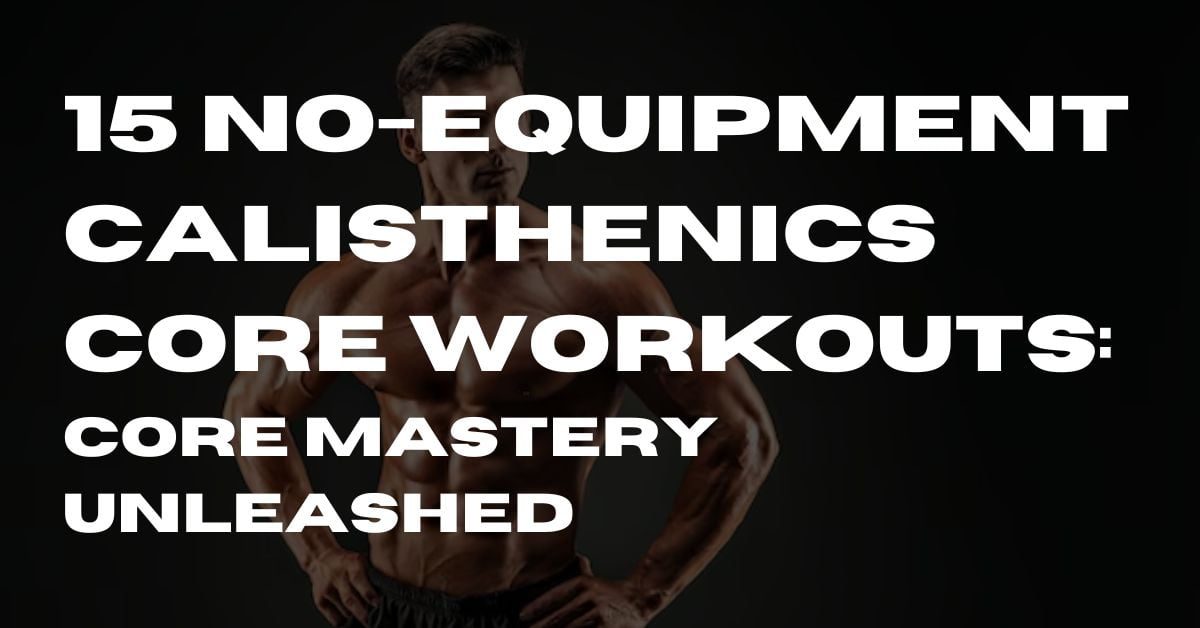Are you weary of endless crunches and sit-ups, yearning for a new challenge to sculpt your core muscles? Prepare to be delighted.
We’re about to embark on a journey through 15 extraordinary bodyweight workouts that will reshape your core strength and endurance.
Bid adieu to costly gym memberships and elaborate equipment because we’re diving headfirst into the realm of calisthenics core exercises, where all you need is your determination and the floor beneath your feet.
Brace yourself to redefine your fitness routine and set forth on a path toward a more robust, resilient core.
,Table of Contents
Unveiling the World of Calisthenics
What is Calisthenics?
Calisthenics, often referred to as “bodyweight workouts,” represents a fitness discipline centered around harnessing your body weight as resistance to cultivate strength, flexibility, and endurance.
Unlike conventional weightlifting, calisthenics demands no external equipment or dumbbells.
Instead, it relies on a diverse array of exercises such as push-ups, pull-ups, squats(Calisthenics PPL- Split), and planks to target various muscle groups.
These exercises engage multiple muscle groups concurrently, fostering functional strength and agility.
Calisthenics is more than just a showcase of physical prowess; it stands as a versatile and accessible form of exercise adaptable to individuals of all fitness levels.
This makes it a favoured choice for those in pursuit of a demanding and effective workout regimen.
For a deeper dive into this topic, explore reputable sources like Bodybuilding.
Benefits of Embracing Calisthenics
Buckle up, as this fitness approach packs a punch with a plethora of advantages extending beyond mere muscle building.
Enhanced Functional Strength:
Calisthenics isn’t solely about aesthetics; it’s about fortifying your strength where it counts most.
It concurrently targets multiple muscle groups, heightening overall functional strength.
A study published in the Journal of Strength and Conditioning Research discovered that bodyweight exercises significantly bolstered participants’ strength and endurance levels.
Improved Body Composition:
Regular engagement in calisthenics can aid in shedding excess fat while fostering lean muscle mass.
Research from the American Journal of Lifestyle Medicine underscores the effectiveness of bodyweight workouts in weight management and enhancing body composition.
No Equipment Required:
Perhaps one of the calisthenics’ most remarkable perks is its accessibility.
There’s no need for a gym or fancy gear; your body suffices.
This renders it an excellent choice for individuals seeking budget-friendly or space-constrained exercise options.
Injury Prevention:
Calisthenics promotes a well-rounded approach to fitness by emphasizing core strength, flexibility, and mobility.
This, in turn, can reduce the risk of injuries in daily activities and other sports.
A study featured in the Journal of Sports Science & Medicine highlights the injury prevention potential inherent in bodyweight training.
Versatility and Diversity:
The realm of calisthenics is expansive, offering numerous exercises and variations to explore.
From classic push-ups to mastering handstands, there’s perpetual room for progression.
This diversity keeps workouts engaging and counteracts exercise monotony, a common deterrent to consistency.
Functional Fitness:
Calisthenics doesn’t merely sculpt muscles; it forges functional fitness.
This means you’ll not only look impressive but also possess the strength and stamina to tackle everyday tasks.
A study in the Journal of Physical Therapy Science underscores the functional merits of bodyweight training.
Mind-Body Synergy:
Calisthenics transcends the physical realm; it’s also a mental exercise.
It necessitates focus, discipline, and unwavering determination.
Engaging in bodyweight workouts can enhance your mind-body connection, contributing to overall well-being.
Why Consider Calisthenics for Core Workouts?
When it comes to sculpting a strong and resilient core, calisthenics shines as a top choice. Here’s why:
1. Convenience: Calisthenics, often called “bodyweight workouts,” require no special equipment or gym memberships. All you need is your body, making it incredibly convenient for home or outdoor workouts.
2. Core Engagement: Calisthenics places significant emphasis on engaging your core muscles. Almost every exercise targets your core, promoting strength and stability.
3. Versatility: Calisthenics offers a wide range of core exercises and variations to keep your workouts exciting and challenging. From planks to leg raises, there’s always room for progression.
4. Functional Strength: Beyond aesthetics, calisthenics builds functional core strength. This means you not only look great but also have the strength for daily activities and sports.
5. No Excuses: With calisthenics, there are no excuses. You can do it anytime, anywhere, without the need for equipment. It’s the perfect solution for a busy lifestyle.
15 Unique Calisthenics Core Workouts
1. Plank Variations
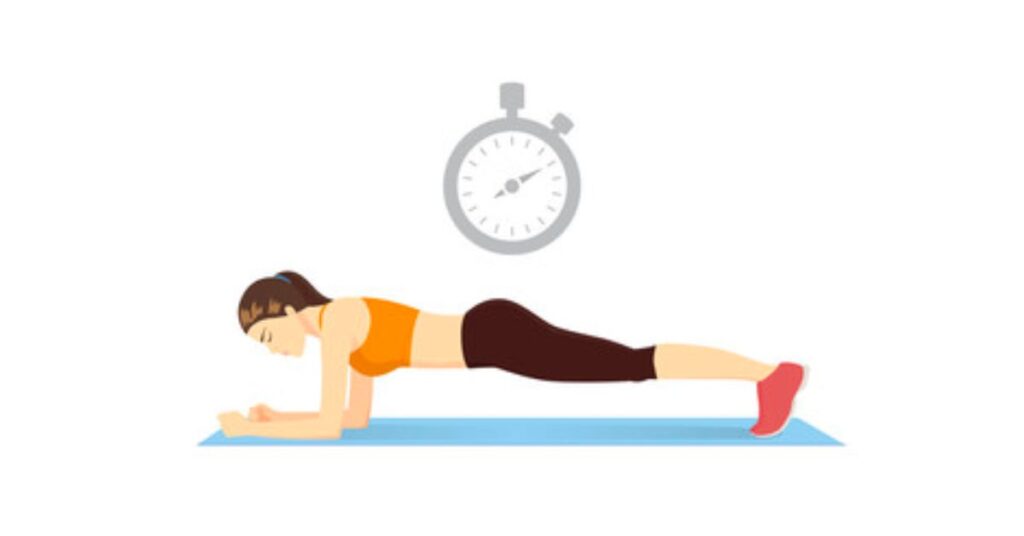
Steps:
- Start in a push-up position, with your elbows under your shoulders and toes on the floor.
- Keep your body in a straight line from head to heels, engaging your core.
- Try variations like side planks or forearm planks for added challenge.
Benefits:
- Strengthens the entire core, including the lower back and obliques.
- Improves posture and stability.
- Enhances overall body endurance.
2. Leg Raises
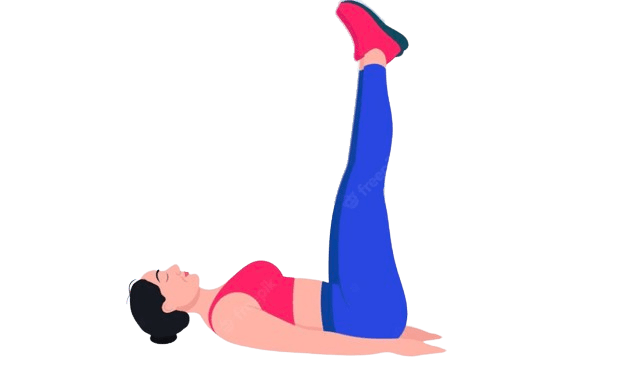
Steps:
- Lie on your back with your hands under your hips or by your sides.
- Lift your legs off the ground, keeping them straight, until they’re perpendicular to the floor.
- Lower your legs slowly without letting them touch the ground.
Benefits:
- Targets lower abdominal muscles.
- Enhances hip flexibility.
- Improves lower back strength.
3. Bicycle Crunches

Steps:
- Lie on your back, knees bent, and hands behind your head.
- Lift your shoulders off the ground.
- Bring your right elbow and left knee towards each other while extending the right leg.
Benefits:
- Engages both upper and lower abdominal muscles.
- Improves oblique strength and flexibility.
- Enhances coordination.
4. Russian Twists
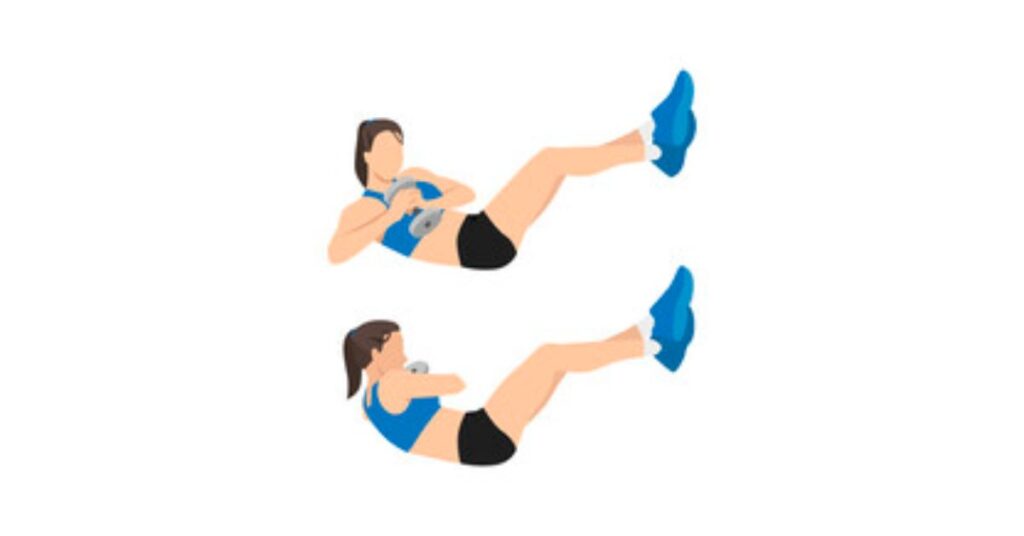
Steps:
- Sit on the ground with your knees bent and feet off the floor.
- Lean back slightly and clasp your hands together.
- Twist your torso to one side, then the other, tapping the ground beside your hip with your hands.
Benefits:
- Targets oblique and strengthens the entire core.
- Enhances rotational strength.
- Improves balance and stability.
5. Mountain Climbers
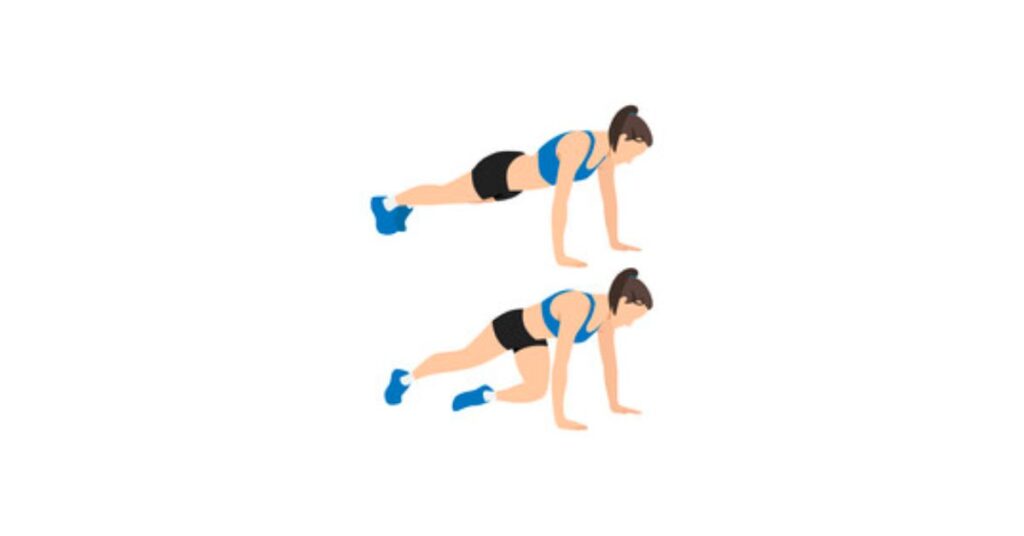
Steps:
- Begin in a push-up position.
- Alternate bringing your knees towards your chest while keeping your core engaged and body straight.
Benefits:
- Provides a cardiovascular workout.
- Engages core muscles while promoting agility.
- Boosts endurance and burns calories.
6. Hollow Body Hold
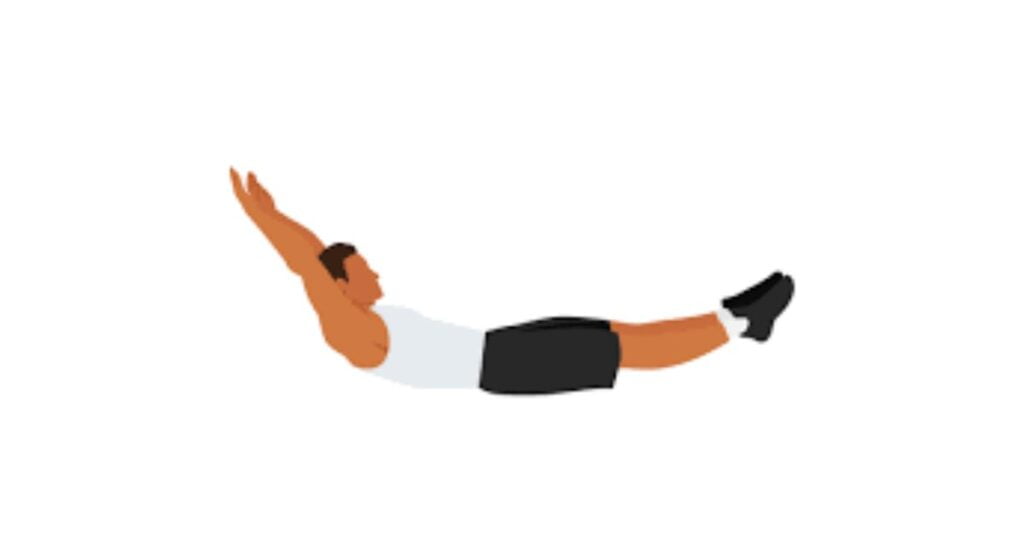
Steps:
- Lie on your back with your arms extended overhead.
- Lift your shoulders and legs off the ground, keeping your lower back pressed into the floor.
- Hold the position, focusing on contracting your core.
Benefits:
- Challenges the entire core, including the lower back.
- Improves core stability and balance.
- Enhances overall body control.
7. Superman
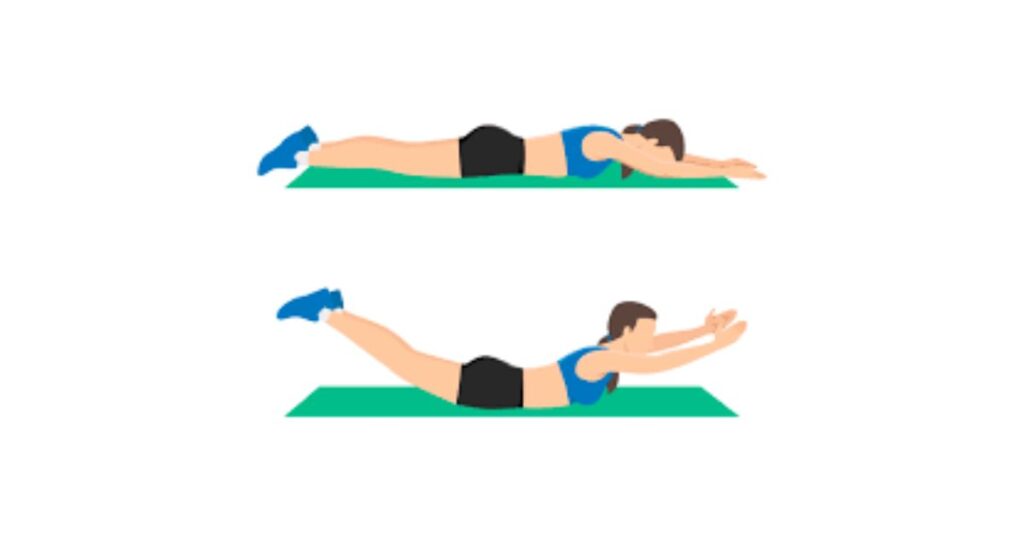
Steps:
- Lie face down with your arms extended overhead.
- Lift your arms and legs off the ground simultaneously.
- Hold the position, engaging your lower back and glutes.
Benefits:
- Strengthens the lower back and glutes.
- Improves posture and reduces lower back pain.
- Enhances the entire back’s endurance.
8. Side Planks
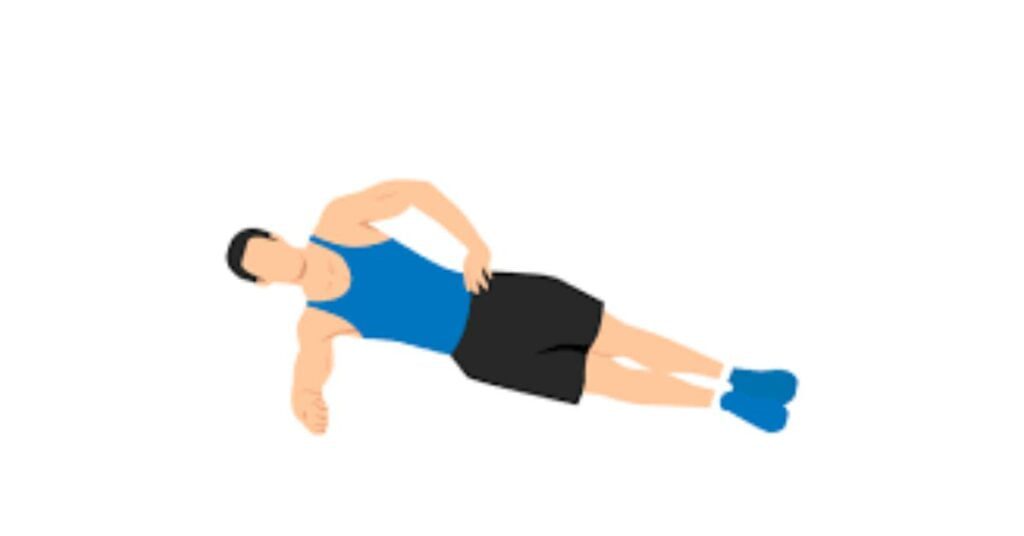
Steps:
- Lie on your side with your elbow directly beneath your shoulder and your legs stacked on top of each other.
- Lift your hips off the ground, creating a straight line from head to heels.
- Hold the position, focusing on engaging your side abdominal muscles.
Benefits:
- Strengthens the obliques and improves lateral core stability.
- Enhances posture and reduces the risk of back pain.
- Builds endurance in the sides of your body.
9. Flutter Kicks
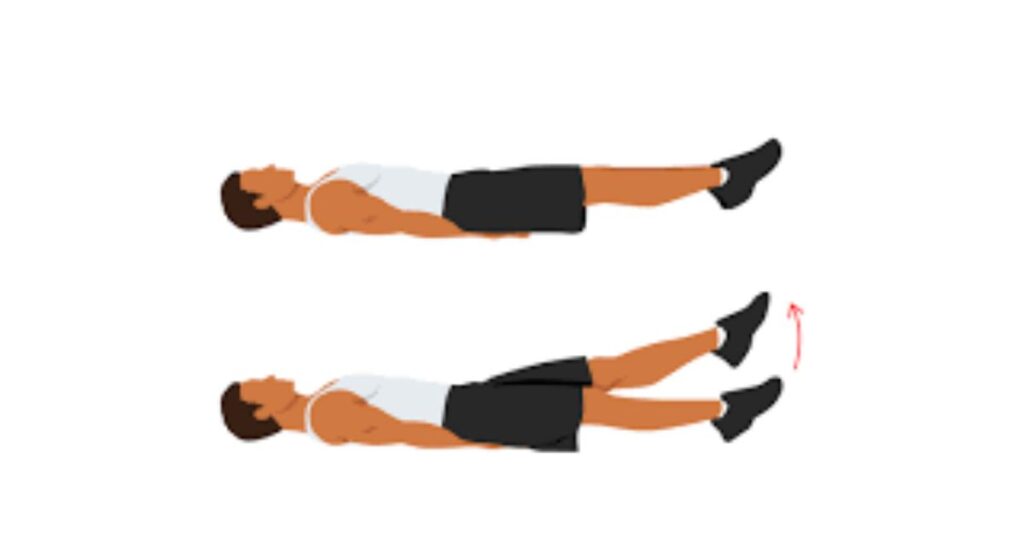
Steps:
- Lie on your back with your hands under your hips.
- Lift your legs off the ground, keeping them straight.
- Alternate kicking your legs up and down in a controlled manner.
Benefits:
- Targets the lower abdominal muscles.
- Improves hip flexibility and leg strength.
- Enhances coordination and balance.
10. V-Ups
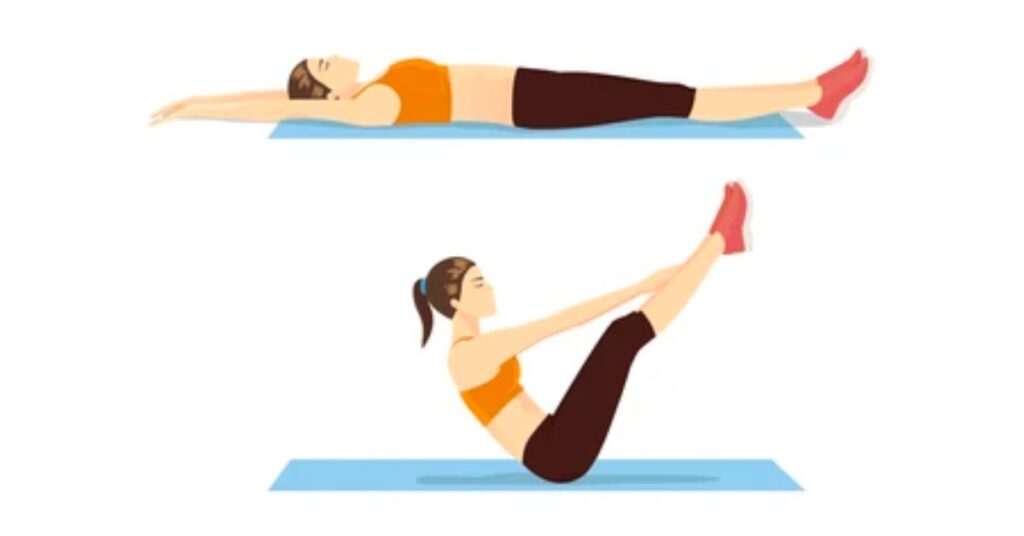
Steps:
- Lie on your back with your arms extended overhead.
- Simultaneously lift your upper body and legs off the ground, forming a “V” shape.
- Reach your hands toward your toes and then lower back down.
Benefits:
- Engages both upper and lower abdominal muscles.
- Challenges core strength and stability.
- Improves flexibility in the lower back and hamstrings.
11. Burpees

Steps:
- Begin in a standing position.
- Drop into a squat, place your hands on the ground, and kick your feet back into a plank position.
- Perform a push-up, then quickly jump your feet back to the squat position and explode up into a jump.
Benefits:
- Provides a full-body workout, including the core.
- Boosts cardiovascular fitness and burns calories.
- Enhances agility and strength.
12. Spiderman Push-Ups
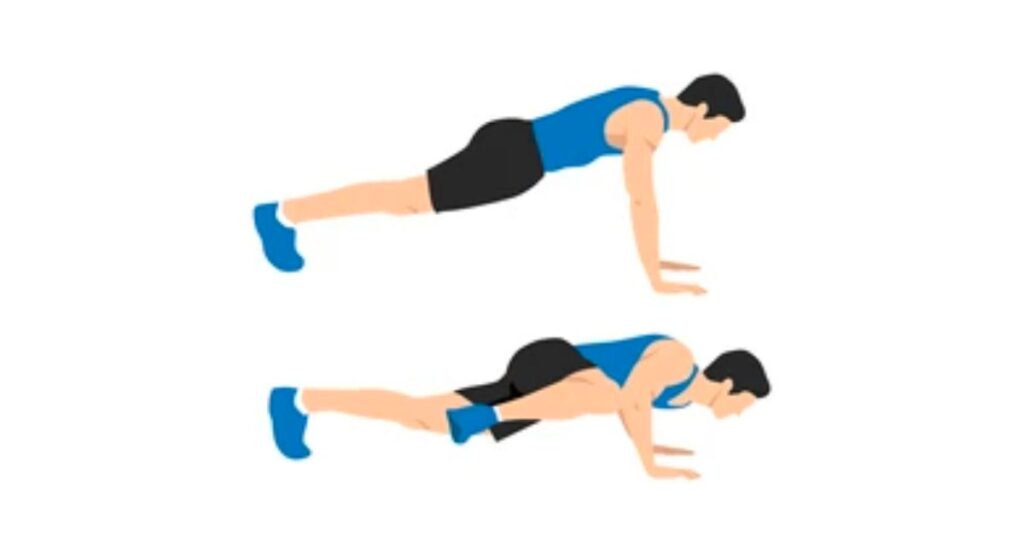
Steps:
- Start in a push-up position.
- As you lower your body towards the ground, bring your right knee towards your right elbow.
- Push back up to the starting position and repeat on the other side.
Benefits:
- Targets the chest, triceps, and core.
- Enhances upper body and core strength.
- Improves balance and coordination.
13. L-Sit
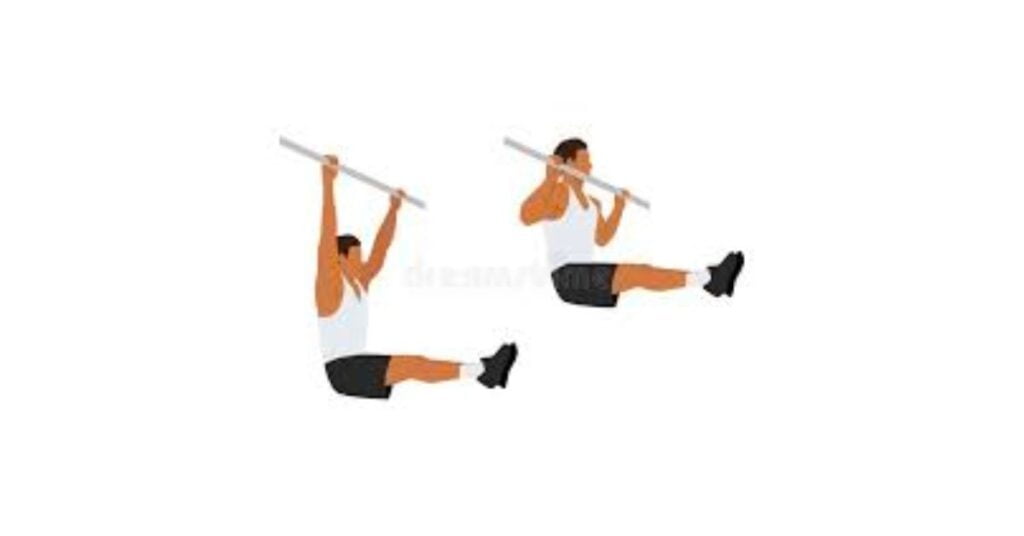
Steps:
- Sit on the ground with your legs straight in front of you.
- Place your hands on the ground beside your hips and lift your entire body off the ground, keeping your legs straight.
Benefits:
- Challenges the entire core, including the lower abs.
- Improves hip and leg flexibility.
- Enhances upper body strength and balance.
14. Windshield Wipers
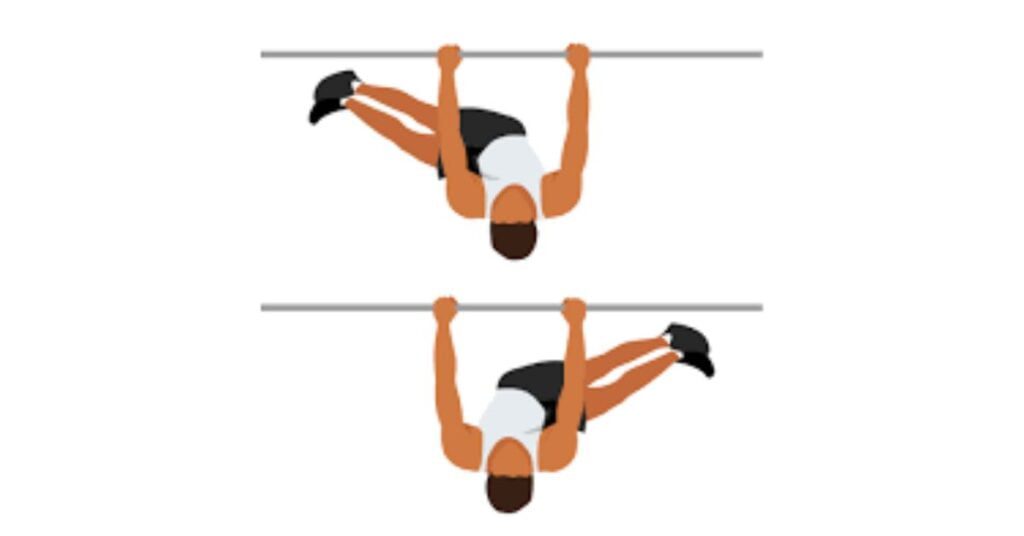
Steps:
- Lie on your back with your arms extended to the sides for support.
- Lift your legs off the ground, keeping them straight.
- Slowly rotate your legs to one side, then to the other, like windshield wipers.
Benefits:
- Targets oblique and improves rotational core strength.
- Enhances flexibility in the spine and hips.
- Builds stability and control in the core.
15. Bridge
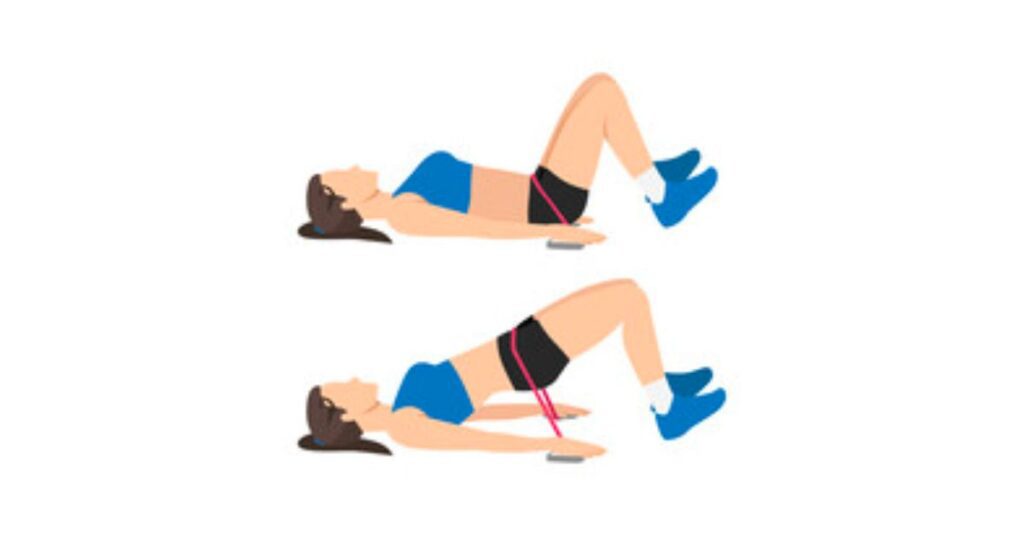
Steps:
- Lie on your back with your knees bent and feet flat on the floor.
- Lift your hips off the ground, creating a straight line from shoulders to knees.
- Squeeze your glutes at the top of the movement.
Benefits:
- Strengthens the lower back, glutes, and hamstrings.
- Improves hip mobility and posture.
- Reduces the risk of lower back pain.
Sample Core Workout Routine
Warm-Up:
Begin with a 5-10 minute dynamic warm-up to get your blood flowing and your muscles ready. Consider light jogging, jumping jacks, or dynamic stretches.
The Core Circuit: Perform each exercise for the recommended number of reps or time, with minimal rest between exercises.
After completing all exercises, rest for 1-2 minutes, and then repeat the circuit 2-3 times, depending on your fitness level.
Plank Variations (30 seconds):
- Start with a traditional plank for 30 seconds.
- Transition to a side plank for 30 seconds on each side.
- Finish with a forearm plank for another 30 seconds.
Benefits: Engages the entire core and promotes stability.
Leg Raises (12-15 reps):
- Lie on your back and perform 12-15 leg raises.
- Benefits: Focuses on lower abdominal muscles and improves hip flexibility.
- Bicycle Crunches (20 reps):
- Complete 20 bicycle crunches, alternating sides.
Benefits: Works the entire core and enhances coordination.
Russian Twists (15 reps on each side):
- Sit on the ground with your knees bent and feet off the floor.
- Lean back slightly and clasp your hands together.
- Twist your torso to one side, then the other, tapping the ground beside your hip with your hands.
- 15 times on each side.
Benefits: Targets obliques and enhances rotational strength.
Mountain Climbers (30 seconds):
- Begin in a push-up position.
- Alternate bringing your knees towards your chest while keeping your core engaged and body straight.
Benefits: Provides a cardiovascular workout while engaging the core.
Cool Down:
Finish with a 5–10-minute cooldown, including static stretches for your core muscles. Focus on deep breathing and gentle stretches to aid recovery.
Progression and Variation Tips
So, you’ve embraced the world of bodyweight workouts, and your core is getting stronger by the day. Now, it’s time to take it up a notch. Here are some tips to keep things engaging and challenging:
1. Change Up Reps and Sets: If you’ve been doing 3 sets of 10 reps, try 4 sets of 12 reps, or experiment with different combinations. Changing the volume of your workouts keeps your muscles guessing and promotes growth.
2. Alter Tempo: Don’t be afraid to tweak the speed of your exercises. Slow down the eccentric (lowering) phase of an exercise to increase time under tension and stimulate muscle growth.
3. Introduce New Exercises: The world of bodyweight workouts is vast. Experiment with new exercises or variations you haven’t tried before. For example, if you’ve mastered regular push-ups, try diamond push-ups or pseudo-Planche push-ups for added challenges.
4. Play with Range of Motion: Adjust the range of motion for certain exercises. For instance, in a squat, try going deeper or pausing at the bottom for a few seconds before rising. These variations target muscle fibers differently.
5. Incorporate Isometric Holds: Isometric exercises involve holding a position without moving, like the plank or L-sit. Include these in your routine to build endurance and develop stabilizing muscles.
6. Combine Movements: Create combos by combining two or more exercises in a single set. For example, pair burpees with mountain climbers for a heart-pounding full-body workout.
7. Utilize Props: You don’t need fancy equipment, but using props like resistance bands or a stability ball can add variety and resistance to your workouts.
8. Progressive Overload: As you get stronger, gradually increase the difficulty of your exercises. This could mean elevating your feet during push-ups, doing one-arm push-ups, or attempting pistol squats.
9. Listen to Your Body: Pay attention to how your body responds to different variations. If something feels too easy or too challenging, adjust accordingly to avoid injury.
10. Keep a Workout Log: Tracking your workouts can help you monitor progress and identify areas where you can push harder.
Common Mistakes to Avoid in Bodyweight Workouts
Picture this: you’re all pumped up for your bodyweight workout, but unbeknownst to you, you might be making some common mistakes that can hinder your progress. Let’s steer clear of these pitfalls:
1. Neglecting Proper Form: It’s easy to get caught up in the number of reps and forget about form. Sloppy technique not only reduces effectiveness but can also lead to injuries. Focus on maintaining proper form throughout your exercises.
2. Overextending Your Range of Motion: Going beyond your natural range of motion can strain muscles and joints. Perform exercises with controlled, deliberate movements within your comfortable range.
3. Skipping Warm-ups and Cool-downs: Rushing into a workout without warming up increases the risk of injury. Likewise, skipping the cool-down can leave your muscles tight and prone to soreness. Take the time to warm up and cool down properly.
4. Ignoring Progression: Sticking to the same level of difficulty won’t yield results. To progress, you need to gradually increase the intensity of your exercises. Whether it’s more reps, more sets, or advanced variations, keep challenging yourself.
5. Not Listening to Your Body: Pushing through pain isn’t a badge of honor; it’s a recipe for injury. If something doesn’t feel right, stop and reassess. Consult a fitness professional if necessary.
6. Rushing Through Reps: Don’t sacrifice quality for quantity. Performing reps too quickly reduces time under tension, diminishing the effectiveness of your workout. Slow down, focus on each movement, and squeeze your muscles at the peak of contraction.
7. Neglecting Rest Days: Your muscles need time to recover and grow stronger. Overtraining can lead to burnout and injury. Incorporate rest days into your routine to allow your body to heal and rejuvenate.
8. Not Balancing Your Workouts: Focusing exclusively on core exercises without balancing with upper and lower body workouts can lead to muscle imbalances. A well-rounded fitness routine is key.
9. Expecting Instant Results: Rome wasn’t built in a day, and neither is a strong core. Patience is your best friend in fitness. Consistency over time is the real secret to success.
10. Forgetting About Nutrition: Exercise alone won’t sculpt your core. A balanced diet that supports your fitness goals is crucial for seeing results.
Conclusion
In the world of fitness, bodyweight workouts stand out as a powerful and accessible means to strengthen your core.
These exercises require nothing more than your commitment and your own body, offering an effective path to a resilient core.
Throughout our journey, we’ve discovered a variety of exercises and techniques, from planks to leg raises, which not only engage your core but also enhance your overall strength, endurance, and balance.
We’ve emphasized the importance of progression and variation, helping you keep your workouts engaging and your core continuously challenged.
Additionally, we’ve highlighted common mistakes to avoid, ensuring a safe and effective fitness journey.
So, whether you’re a fitness enthusiast or a beginner, remember that bodyweight workouts are a sustainable way to achieve and maintain core strength.
Your journey is not about rapid results but about consistent effort and gradual progress.

